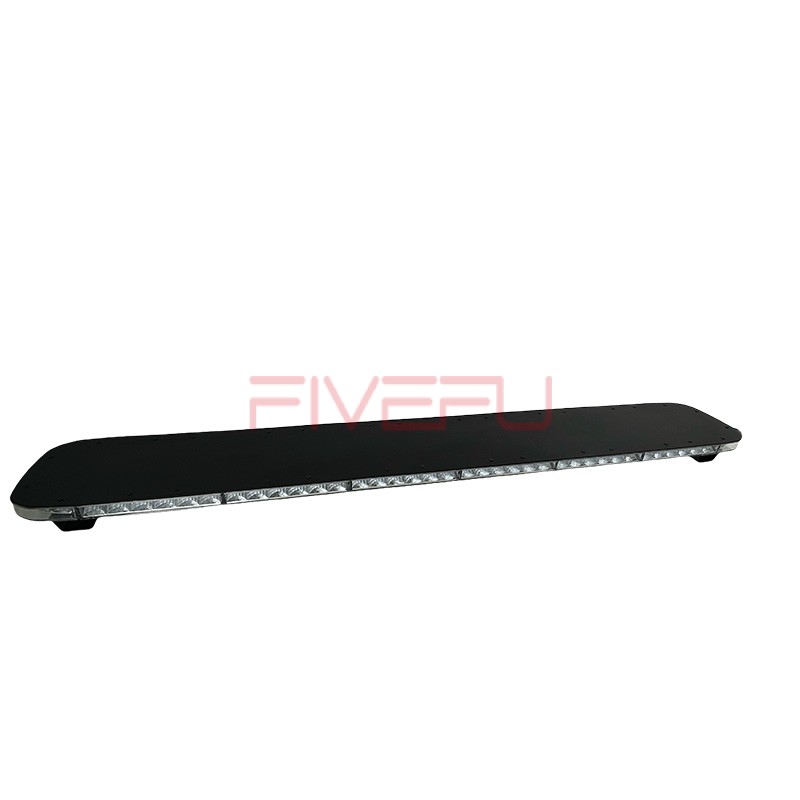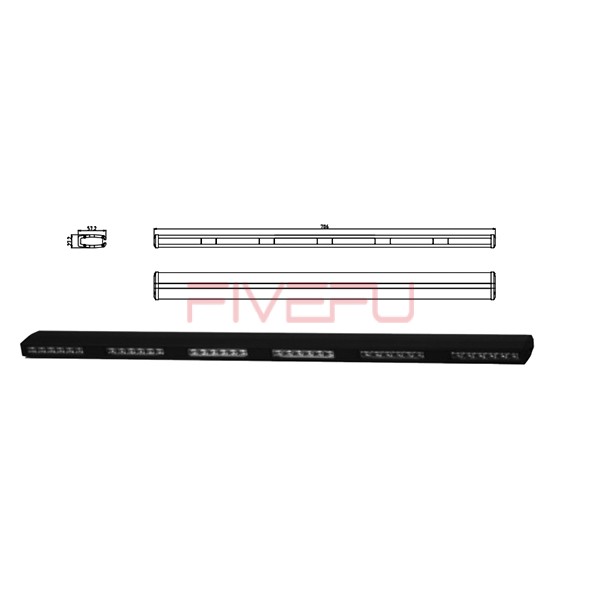If you’ve noticed your LED strip lights flashing unexpectedly, it can be frustrating and puzzling. LED strips are designed to provide steady, continuous illumination, but several factors can cause them to flicker or flash. Understanding why this happens can help you address the issue and restore your lights to their full functionality.
Flashing LED strip lights can be caused by power supply issues, faulty connections, or dimmer switches. Identifying the problem will help restore consistent lighting.
Wondering why your LED strip lights are flashing? Let’s break down the common causes and how to fix them.
Power Supply Issues
One of the most common reasons LED strip lights flash is a problem with the power supply. LED strips require a constant voltage to function properly, and any fluctuations in power can cause the lights to flicker or flash. If your power supply is underpowered for the LED strips or if it’s malfunctioning, the lights may not receive a steady flow of energy, resulting in flashing. To fix this issue, check the specifications of your power supply and make sure it matches the requirements of your LED strips. If needed, replace the power supply with one that provides consistent voltage.
Faulty Connections
Another common cause of flashing LED strip lights is poor or loose connections. If the connections between your LED strips, power supply, and control units are not secure, the electrical current may be interrupted, causing the lights to flicker. Inspect all the connections to ensure they are properly plugged in and tightened. If you notice any damaged or frayed wires, replace them immediately. A faulty connection can not only cause flashing but can also be a safety hazard, so it’s important to address this issue as soon as possible.
Using Dimmer Switches
If you’re using a dimmer switch to control your LED strip lights, it could be the culprit behind the flashing. Not all dimmer switches are compatible with LED lights, and using an incompatible dimmer can cause the lights to flicker or flash. To solve this problem, ensure that the dimmer switch is specifically designed for use with LEDs. If the dimmer is causing the issue, consider replacing it with one that is compatible with your LED strips to eliminate the flashing.
Inconsistent Voltage or Overloaded Circuit
LED strip lights are sensitive to voltage, and inconsistent voltage levels can cause them to flicker. If your electrical circuit is overloaded or if there is a power surge, it can affect the performance of your LED lights. Make sure your circuit can handle the load of the LED strips, and avoid overloading circuits with multiple devices. If necessary, use a surge protector to prevent damage to your lights from power spikes.
Control Unit Problems
If your LED strip lights are controlled by a remote or a central control unit, issues with the controller can also cause flashing. A malfunctioning controller may send incorrect signals to the LED strips, leading to erratic behavior such as flickering. Try resetting the control unit or replacing it if the issue persists. If your LED strips are part of a smart lighting system, check for any software or firmware updates that might resolve the issue.
Conclusion
Flashing LED strip lights are often caused by power supply problems, faulty connections, or incompatible dimmer










